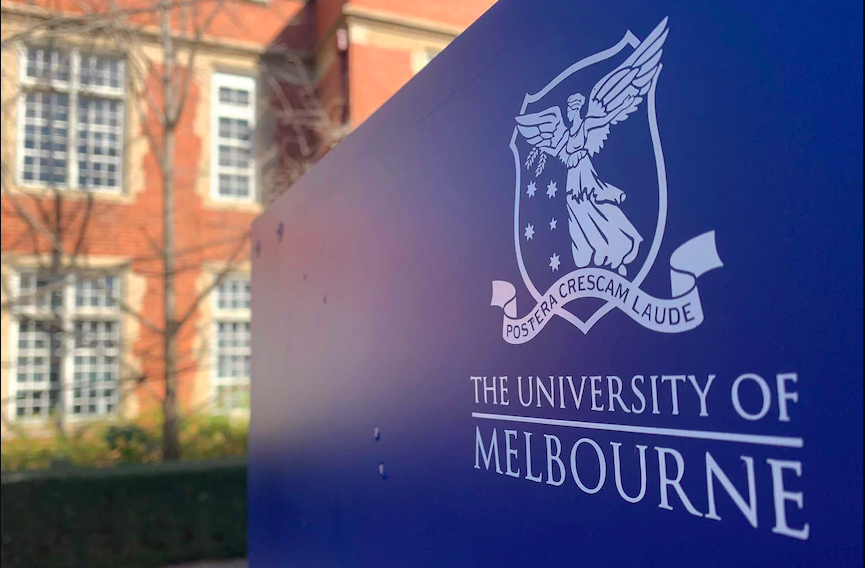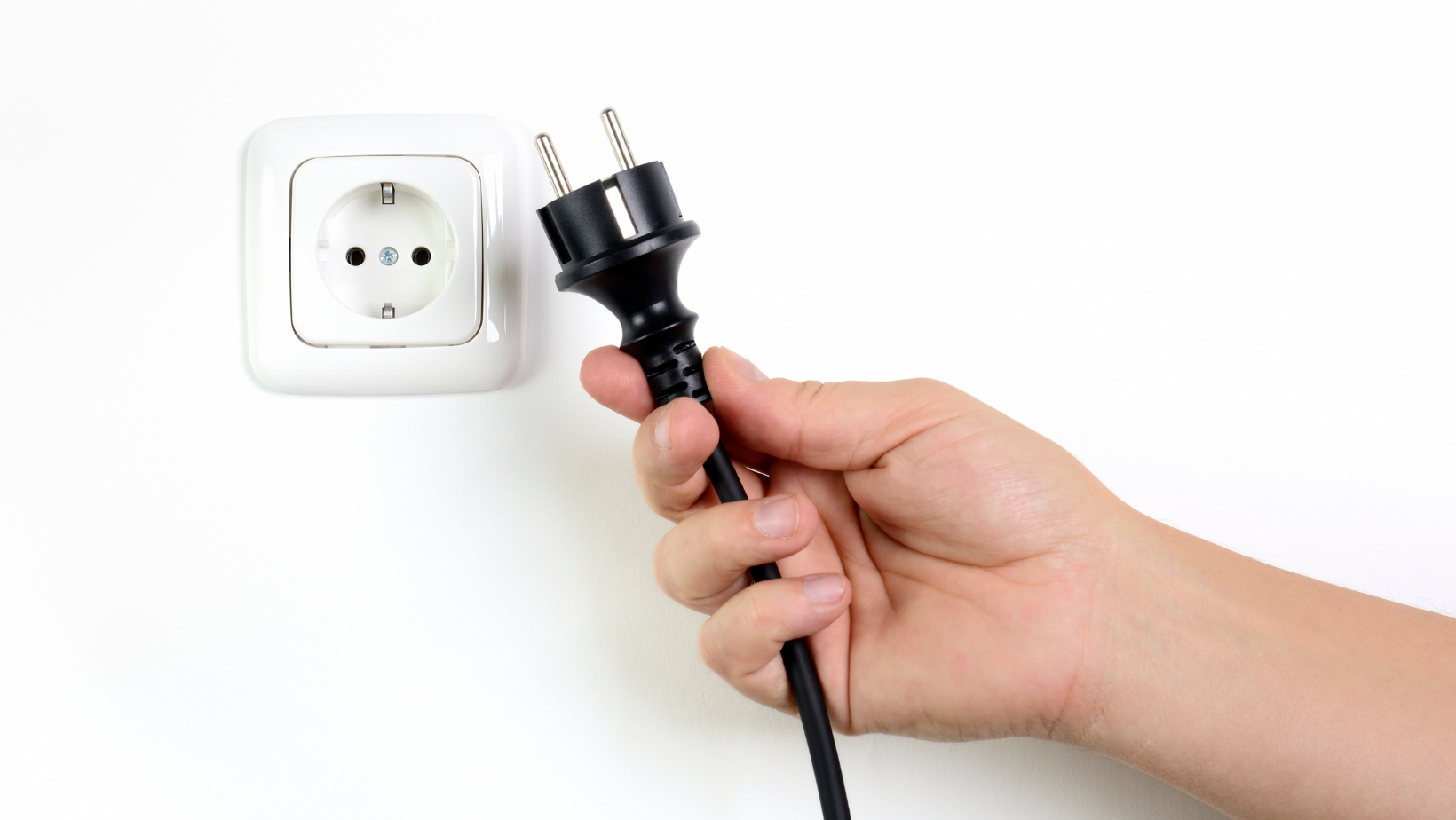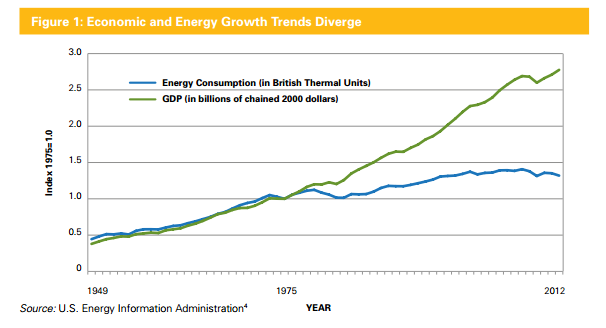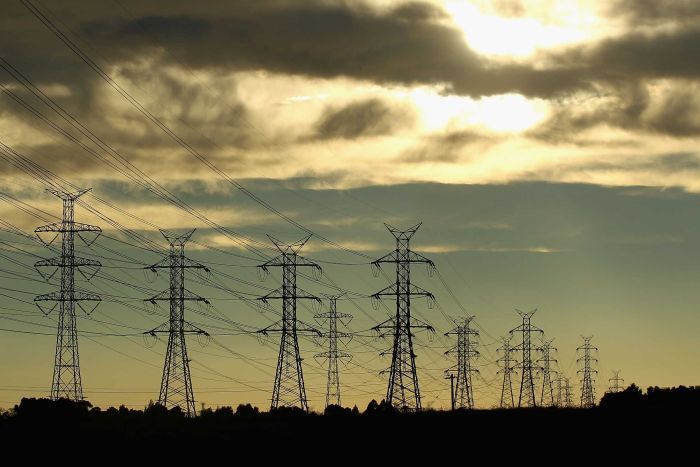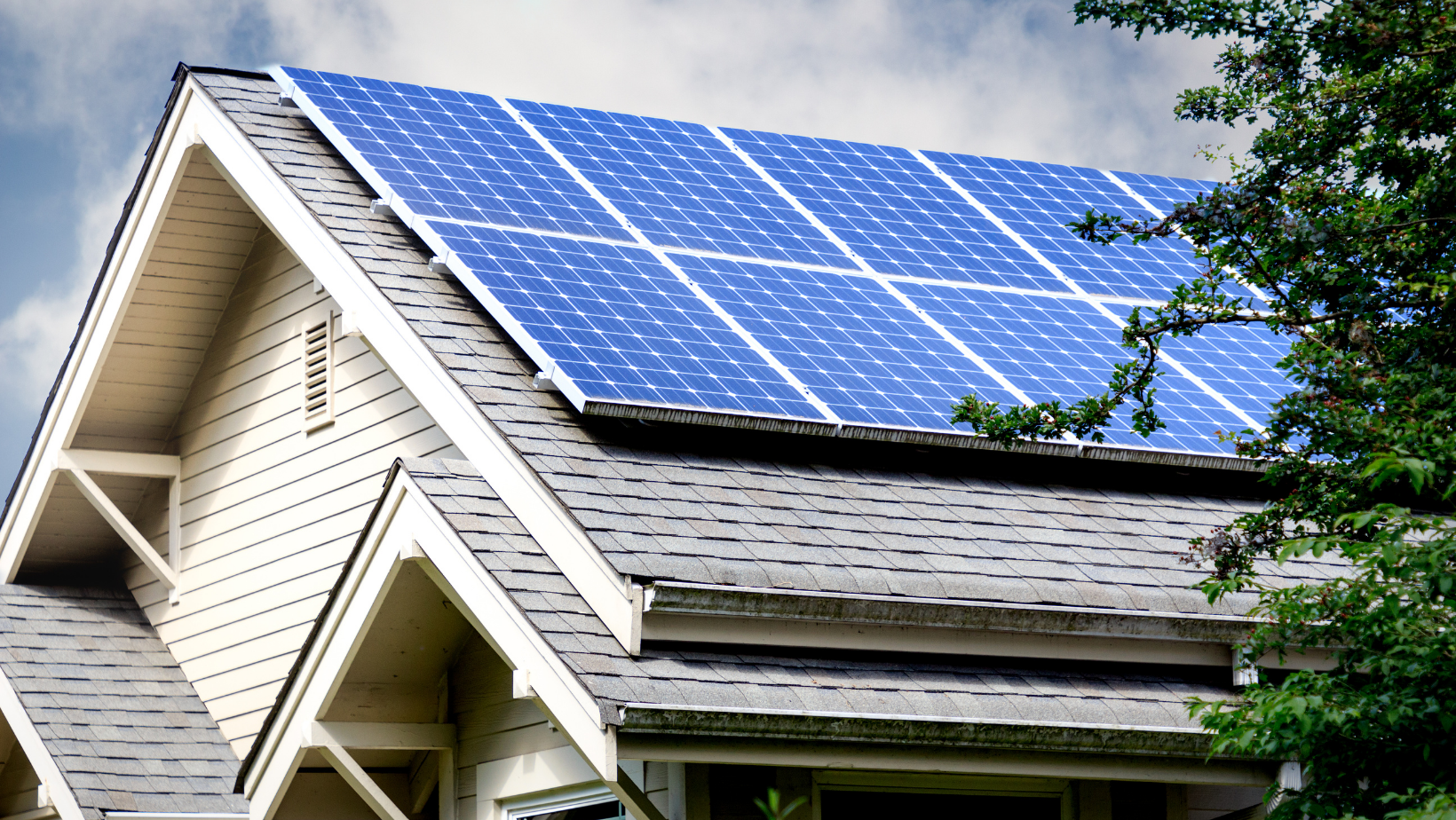Local Support – Arguably the most important factor is local support. It is not enough just to be ‘European’. Fronius is unique in the level of local support that we can provide for our partners, especially for an inverter manufacturer from Europe.
 The University of Melbourne has installed a 1150-kVA (kilo volt ampere) voltage optimisation unit for the mechanical services supply of its Law Building.
The University of Melbourne has installed a 1150-kVA (kilo volt ampere) voltage optimisation unit for the mechanical services supply of its Law Building.
The decision was taken after the university conducted 100 hours of research into voltage optimisation (VO). The expected savings from VO arise from the fact that voltage levels can vary by as much as 30 volts a day, which results in excessive energy consumption and higher than necessary electricity bills.
Harry Troedel, sustainability manager Implementation, Property and Campus Services at the University of Melbourne, says the electricity savings gained could be more than 12 percent per annum.
“The energy efficiency of VO systems means that because we are consuming less energy, we are reducing our carbon footprint and carbon dioxide emissions, which is good news for the planet,” he says.
The system installed would supply voltage at a constant level regardless of input instability.
“So even if voltage to the site fluctuates dramatically, which could lead to equipment failure, it will ensure the electricity supply remains at a stable and secure level plus or minus 1.5 volts,” he says.
“This minimises the risk of equipment failures, a benefit not offered by simple VO systems. Also the voltage can be adjusted at any time if required.”
The VO system also provides exceptional stability to protect against spikes and surges, which also eliminates harmonic distortions and thus provides added protection and improved power quality.
This can result in an improved life expectancy of site equipment and reduced maintenance costs.

Germany has set a new record, with solar power providing 50.6% of its electricity in the middle of the day on Monday June 9th. Solar production peaked that day at 23.1GW. Three days earlier it was 24.2GW between 1 and 2pm, but on the 9th demand was down for a public holiday, allowing the breaking of the psychological 50% barrier.
Reporting of the achievement has been quite inaccurate in some cases. Coverage has often confused electricity demand with total energy consumption, which properly includes heating and industrial uses of natural gas, although these would have been low on a warm public holiday. Headlines have often implied that the 50% threshold was exceeded for over a fortnight, rather than a single hour.
Nevertheless, the scale of the achievement is considerable. Germany is not a sunny place. Indeed more than 90% of the world’s population lives in countries with substantially more sunlight.

Even by European standards German solar panels have little to work with.
Consequently, it is wind, rather than solar, that has been the backbone of Germany’s Energiewende, the transition to renewable, non-polluting sources of power.
The shift to solar energy in Germany has not come cheap, with €16 billion of subsidies in 2013. However, by creating a level of demand that spurred mass manufacturing, Germany has played a large part in bringing the cost of solar panels down by 80% in five years, allowing other countries to follow in its footsteps for a fraction of the price, particularly those with more sunlight.
Moreover, where the initial stages of the move to wind were driven by government subsidies, solar power in Germany can now compete with fossil fuels on price alone, and continues to expand, albeit at a slower rate than a few years ago.
German solar production is up 34% compared to the same time last year as a result of both better weather and increased installations. While the first is unpredictable, increasing quantities of panels ensure that the 50% record will be breached again, probably this year.
Read more at http://www.iflscience.com/technology/germany-now-produces-half-its-energy-using-solar#3klRyxkgwpbj4swc.99
The founders of the Solar Roadways project want to cover highways in thick, LED-lit glass.
There are nearly 18,000 square miles of roads in the U.S., an area that’s bigger than the entire states of New Hampshire and Massachusetts combined. By some estimates, there are also as many as 2 billion parking spaces. Since most of that pavement is soaking up sun all day long, a couple of entrepreneurs had an idea: Why not put it to use generating solar power?
The Solar Roadways project, now crowdfunding on Indiegogo, hopes to re-pave the country in custom, glass-covered solar panels that are strong enough to drive on while generating enough power to light the road, melt ice and snow, and send extra energy to cities. Eventually, if every paved surface was covered in the product, the panels would produce more power than the nation uses.
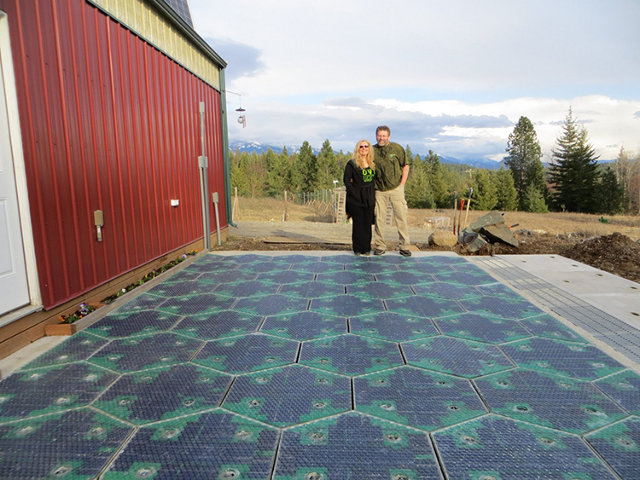
The project began eight years ago, when founders Scott and Julie Brusaw decided to take a chance on developing an idea that no one thought would work. “Driving on glass had never been done,” says Scott Brusaw. “We had a few big hurdles in the beginning. How do you put a traction surface on glass so the first time it rains everybody doesn’t slide off the road? How do you make glass tough enough to withstand the weight of 18-wheelers? What happens if someone’s walking out of Home Depot and drops an eight-pound sledgehammer?”
Glass, it turns out, is stronger than you might think. “You first mention glass, people think of your kitchen window,” Brusaw says. “But think of bulletproof glass or bomb resistant glass. You can make it any way you want. Basically bulletproof glass is several sheets of tempered glass laminated together. That’s what we have, only our glass is a half inch thick, and tempered, and laminated.”
It’s strong enough to easily withstand cars, fully loaded trucks, and even 250,000-pound oil drilling equipment. The textured surface means it isn’t slippery, and since it can self-power small heaters inside to melt ice in winter, it’s supposedly safer than an ordinary road. It also powers small LED lights inside that can light up dividing lines and spell out warning messages–if motion sensors detect a deer crossing the road, the lights can automatically tell drivers to slow down.
At parking lots or rest stops along highways, the panels could power a continuous network of charging stations for electric cars. Eventually, the designers believe it may be possible to charge the cars directly through the road as they drive. In the future, driverless cars could also use the panels to continuously report their location.
Since the whole road is wired, it’s also easy to maintain: If one panel stops working, all of the other panels around it call a local repair shop with the exact location. “A guy can come out and repair it in five minutes,” Brusaw says. “Compare that to pothole repair.”
Using the $1 million they hope to raise on Indiegogo, the company plans to hire more engineers and continue refining the current product, testing it first on parking lots and smaller roads before moving on to highways across the entire country. Hunting down the funding to cover the U.S. (or even a significant portion) in solar roadways, however, will be an insanely big challenge.
“Solar Citizens is an independent, community-based organisation bringing together the millions of Australians who are already powering their lives with the sun, and the many more who want access to cheap & clean electricity, to pursue a fast and fair transition to renewable energy. Join today to help ensure all Australians can take power back into their own hands”.
SCE Energy Solutions has joined the Fight to stop Taxing the Sun. Protecting the rights of Millions of Australians with solar to cut bills, create clean power and take energy generation back into our own hands. http://www.solarcitizens.org.au/join?recruiter_id=46883
Rooftop solar powers past new milestone
More than 3 gigawatts of solar power has now been installed on Australian rooftops, which will produce enough energy over the next year to run Melbourne’s entire train network for more than a decade, Clean Energy Council Chief Executive David Green said in an address to the Energy Efficiency Council’s national conference today.
Mr Green said official Clean Energy Regulator figures this week showed more than 3 gigawatts of solar power had been installed across the country, with almost a third of this coming from Queensland alone.
“Household solar power gives consumers more control of their power bills by letting them generate their own electricity from the sun. And it helps to reduce the cost of our entire energy system on hot days when people everywhere have turned on their air-conditioners,” he said.
“It has started to change the way we look at energy.”
Analysis released by specialist solar consultancy Sunwiz today shows that more than 1.15 million Australian households have installed rooftop solar, with Queensland the national leader. Approximately 360,000 Queensland homes now have solar power, with NSW the next best on 252,000.
According to figures from the Clean Energy Regulator, the 3 gigawatts of solar power installed will produce more than 4000 gigawatt-hours over the next 12 months. This is the equivalent of:
• Powering the Sydney Opera House for the next 230 years
• Running Canberra’s Parliament House for more than 160 years
• Lighting up the MCG continuously for almost 520 years
• Producing more than 1050 toasted sandwiches for every Australian using a standard sandwich press.



